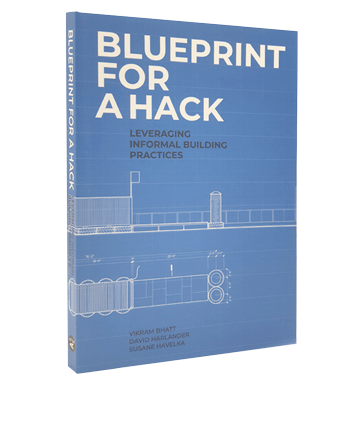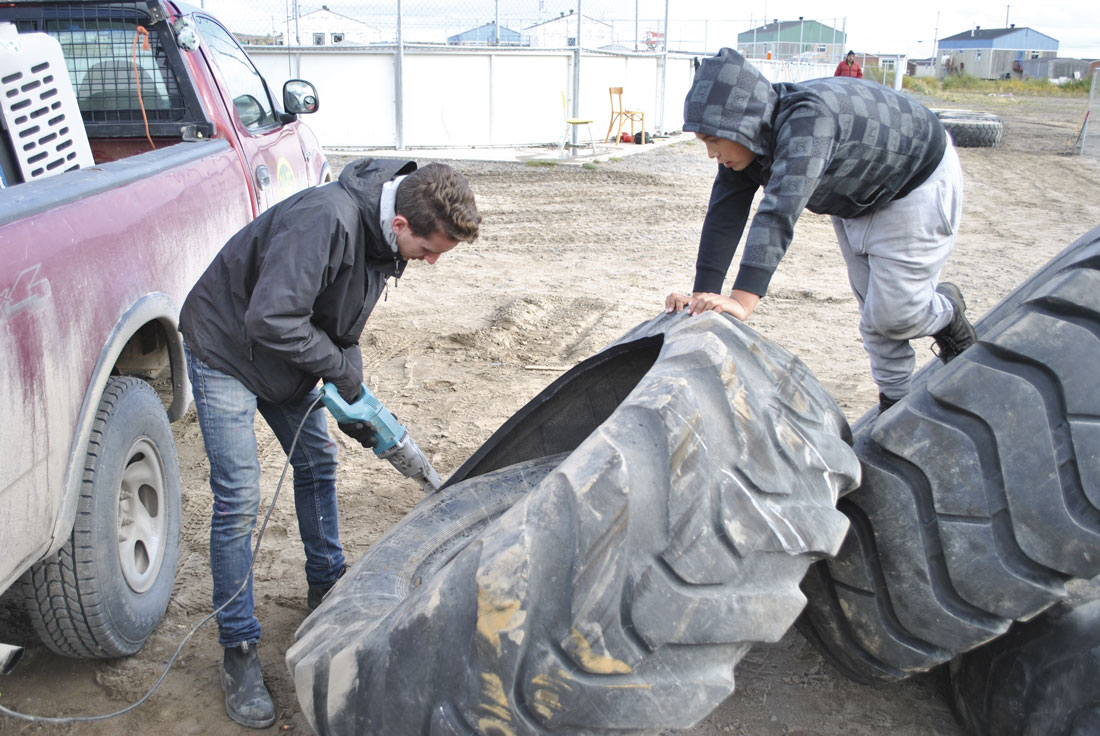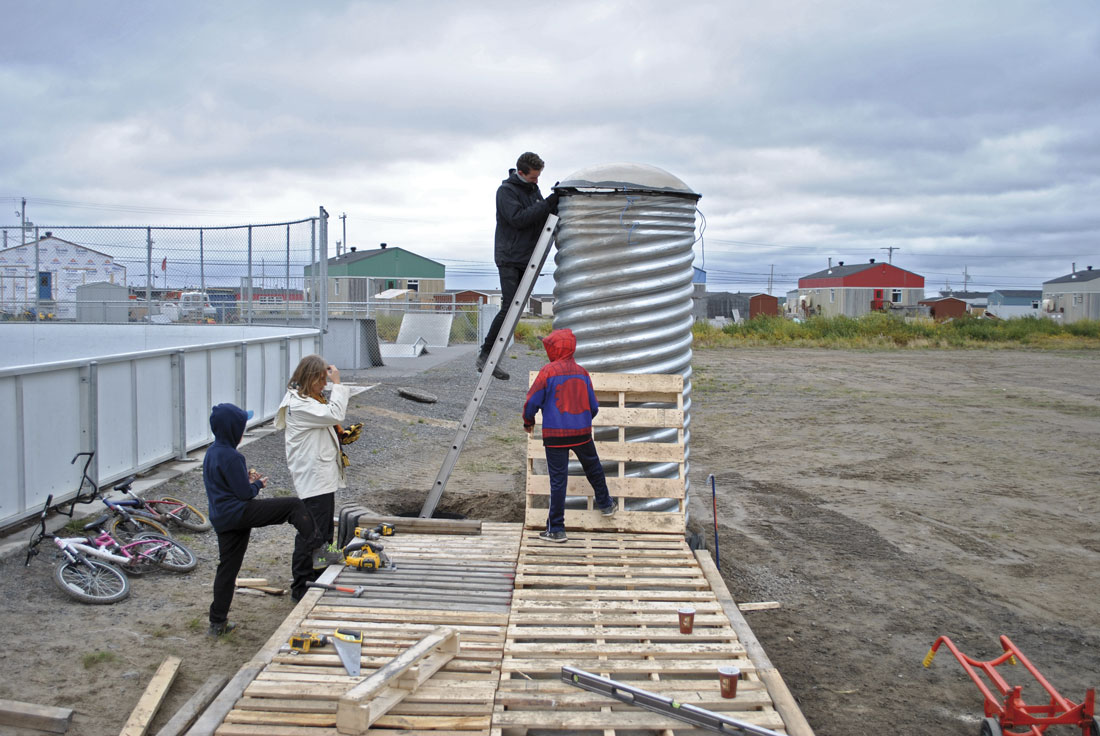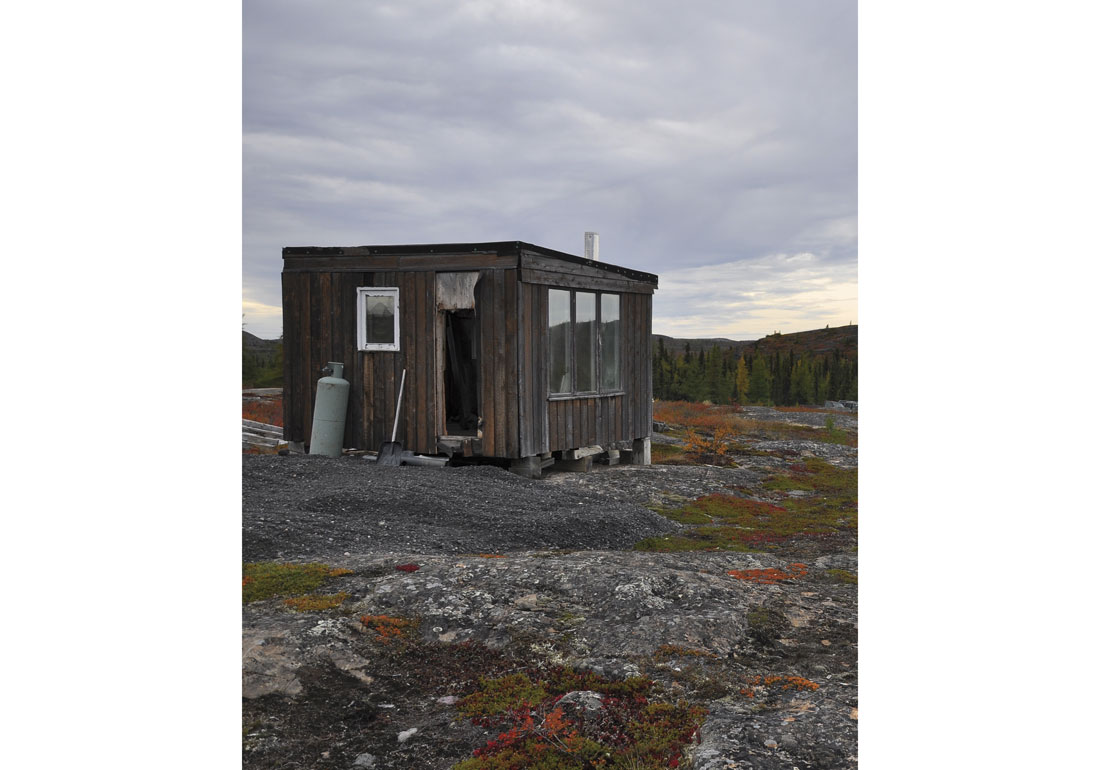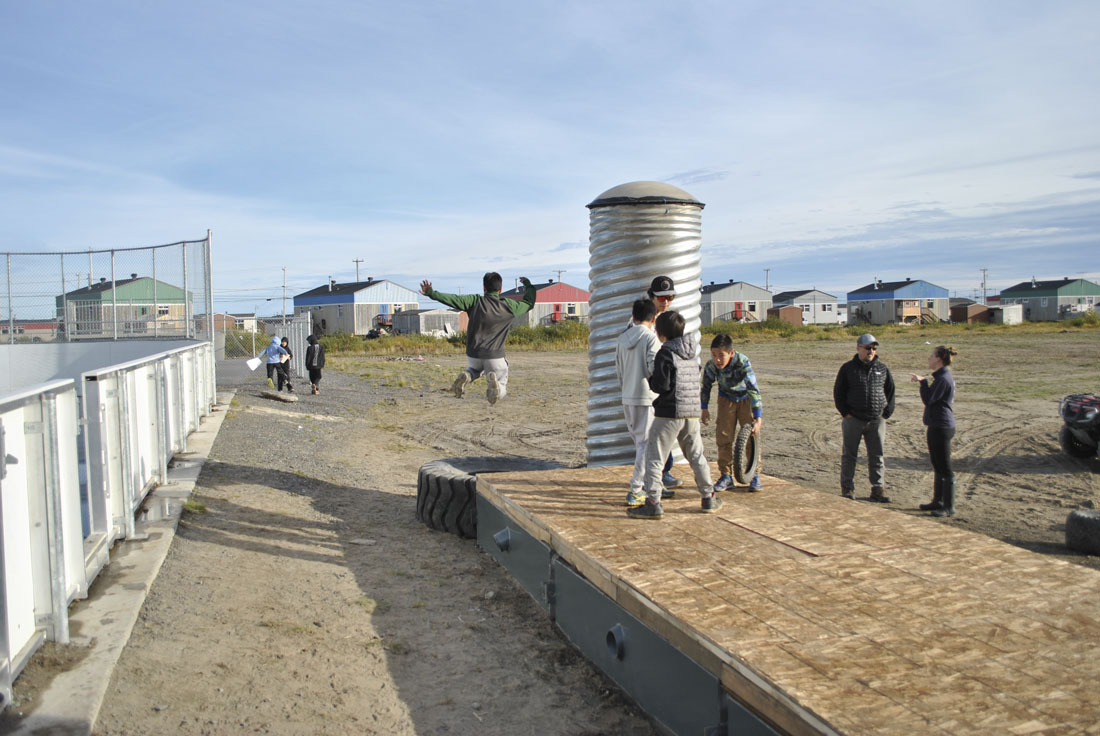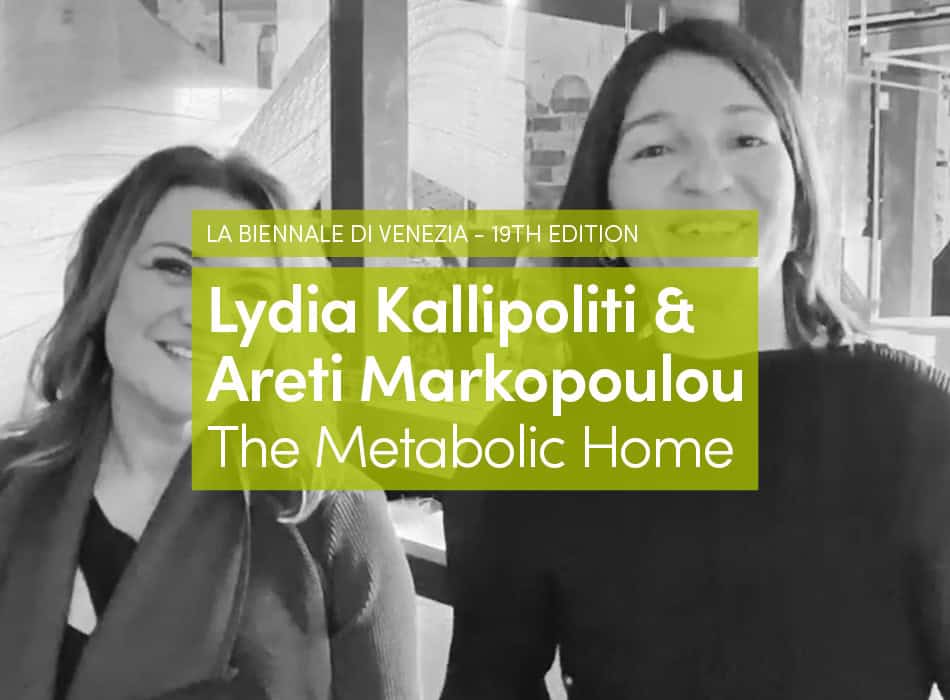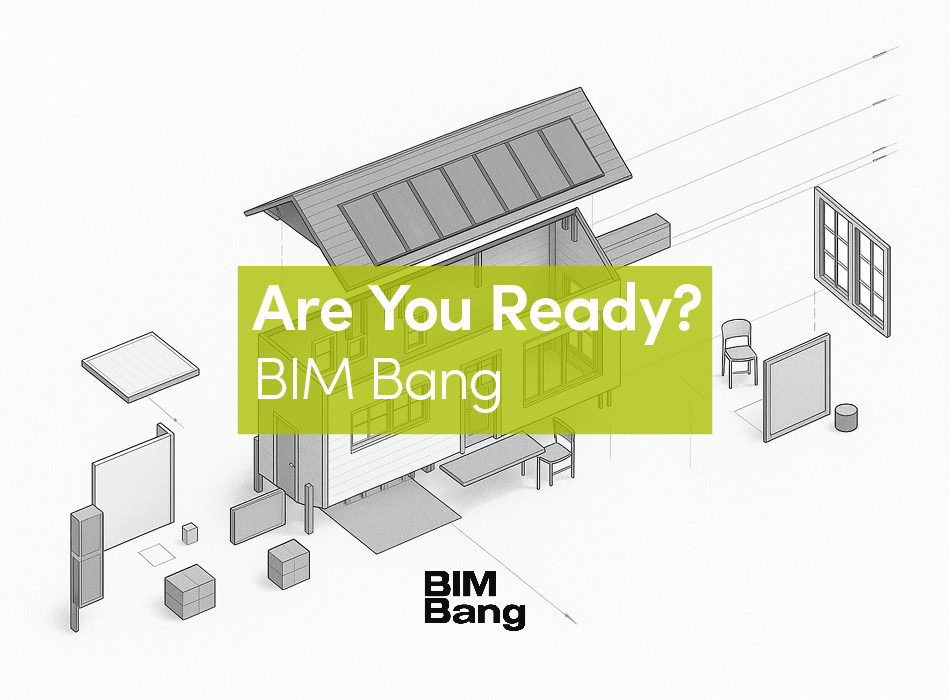The CCA Charrette and Hackathon worked in tandem. Young designers’ putting forth ideas within a skillfully framed design charrette generated a wide range of ideas and a creative range of solutions. This in turn served as an inspiration for the Hackathon, which would later be recognized by the Royal Architectural Institute of Canada, the Canadian Institute of Planners, and the Canadian Society of Landscape Architects with the 2018 National Urban Design Award in the Small or Medium Community Urban Design category.
The event also allowed a variety of people to participate – experts and professionals. Local partners were essential to the process. Tools like Google photos and maps were invaluable as they helped provide important contextual information to the design team in Montreal. Other key elements include forethought and planning, background research and a platform for public engagement, including digital outreach through social media.
The five day Hackathon was the culmination of a long gestation period. What we did up front through Skype included; Brainstorm potential design ideas, preliminary site selection (final selection in the field) and promote the event to the community. These elements were paramount to the project’s success.
Modifying tractor tires for the base of the light beacon. Kuujjuaq, QC, 2017
Filling the Planning Gap
Designers often overlook outdoor public space. The few public structures that exist in the North tend to be copied from southern models with no attempt to address specific northern needs. Take, for example, Kuujjuaq’s outdoor hockey rink. Set upon an expansive open field, the rink is subject to biting winter winds – yet offers no designated shelter for patrons to lace up and store boots. That leaves users to lace up in their pickup trucks. Residents without a vehicle rarely use the rink. In summertime, baseball players also lack safe storage for valuables. The Hackathon reimagined these centrally located public spaces. The built intervention was an unprecedented example of community-based design that addressed specific needs. Importantly, the project also sparked conversations about the built environment and how the community can take charge of it.
Reducing Landfill Waste
Waste management problems may be exaggerated in the remote context of Kuujjuaq, but they also affect societies everywhere, including southern Canada. DIY hacking culture can effectively address a global need for designers to reconsider the second life of building materials and design interventions to reduce waste, and rethink consumption patterns. Anything from snow to earth when available in large quantities can become building materials. Why not our waste? This project capitalized on the North’s strong DIY building culture and showcased its relevance as a design approach that can recover, reduce, and recycle waste materials and help rethink our consumption patterns.
Countering the Status Quo
Hacks most often target an abstract concept such as bureaucracy, or political correctness. In Inuit communities, Hacking is the logical reaction to dysfunctional housing bureaucracies. They provide important responses to many of the inadequacies of existing government housing.
A New Architectural Paradigm
Rooted in successful informal building practices The Kuujjuaq Hackathon showcased a creative working method that brought together material and human resources from Kuujjuaq to reclaim and reshape some of the village’s forgotten public spaces. Events like the CCA charrette and Hackathon underscore the importance of community participation in planning and design processes. In their book Ephemeral Urbanism, Rahul Mehotra and Felipe Verde argue that “ephemerality challenges us to develop tools for intervening and thinking about nonpermanent configurations as a legitimate category within the discourse on urbanism” (Mehrotra et al. 2017). Not only in seasonal and episodic events but in all kinds of urban settings, including in the northern context, we need better tools. No doubt formal space producing disciplines have much to contribute. But their potential will always be limited without the cooperation, even leadership, of local stakeholders.
Interview with a Hacker
Two years after the Kuujjuaq Hackathon, David Harlander spoke with Tunu Napartuk to gather his thoughts on the event and its legacy. He discovered the hacking mindset and approach to informal building remain decidedly present in the community – and its former mayor.
DH: So much has happened in two years. Can you remember first hearing about the idea?
TN: Definitely. When [previous mayor] Paul Parsons first introduced me to the project, I wasn’t certain what to expect. But when you described it to me, I instantly got the concept. What you call ‘hacking’ is something we do all the time. As Inuit living in a remote region, with limited resources, we must reuse all available materials and reimagine new possibilities for the kind of stuff that is normally considered waste in places like southern Quebec. Once I understood what you were proposing, I did not hesitate to connect with Vikram and the Minimum Cost Housing Group. It was so easy to work with everyone.
DH: One thing that stood out for me during the event was how the people of Kuujjuaq so easily took on leadership roles. Key team members like Ron Gordon [project manager at the NV of Kuujjuaq] and Steeven Gosselin [Kuujjuaq’s dump master] had such a natural understanding of how to achieve the project’s design goals – how to cut open a sea canister, the right type of tires to be used as the pavilion’s foundations, where to find them, how to move them and so on. They led all of us.
TN: I recently had a conversation with a friend about the ingenuity of our ancestors. We discussed how they had to make do with what they had – literally living off the land. Historically, there was little technology, there was no metal or wood to build with. Most communities in northern Quebec don’t even have trees. So, they made snow houses, they built knives with bones and driftwood, they invented the Qayaq, what you call the kayak. When you sit back and consider the environment they contended with – the same environment we live in today – you must tip your hat to my ancestors’ ingenuity. And they did it all with plenty of humor! It’s quite special.
DH: Another thing that struck me was the tremendous enthusiasm during the design sessions at Jaanimmarik School. Do you think similar “hands on” design activities could be a good fit for future curriculum programming?
TN: We have so much potential. And we now realize how ingenious Inuit are. We don’t need titles like “scientist” or “doctor”, or the education that this modern society requires to gain status. Still, given all the changes in our society over the last 60 years, we Inuit are trying to find our identity. Having small hacks like that – reusing what we have – lets us showcase our skills. I’m certain the young students would identify with programs that use this concept.
DH: That is certainly the sense we had throughout the Hackathon. Have you noticed a change in DIY building projects in the years since the event? People always hacked, but do you think the event raised awareness of the idea?
TN: Not necessarily. As I mentioned, recreating and reusing what we have has always been with us. If you just walk around town, you’ll see it in the shacks, you’ll see it in the cabins on the outskirts of the community. Someone stuck on the land with a broken snow machine doesn’t always have all the tools and materials needed to fix it. But time and again they get by. These are the kind of hacks I see every day.
DH: I heard you are building your own cabin. Would you tell me about it?
TN: Yes, I’m building my own cabin. It is 16”x 24” and made from plywood and 2X4s. It has one room and a spare space for storage. It’s just outside the community, a 15-minute drive from my home. I’m not much of a carpenter but luckily many friends are very good, natural carpenters. They helped me out a lot. My kids will have their space. They will be able to run around it.
DH: Sounds exciting and again speaks to the strong culture of DIY building in Kuujjuaq.
TN: Yes, this do-it-yourself approach is an inspired way to involve the community, including the youth, in local building processes that leverage limited resources, but it cannot however be considered a cure to the impoverished living standards we currently face; it is important to properly fund and source the housing and material needs. Inuit have much to be proud of. Our culture, values and traditions work for us. With all the changes we’ve experienced in such a very short time, we seem to have gotten away from that. We must step back from our current modern ways and appreciate the hard work of our ancestors and the cultural values they developed. We should take more pride in it all. And we do.





